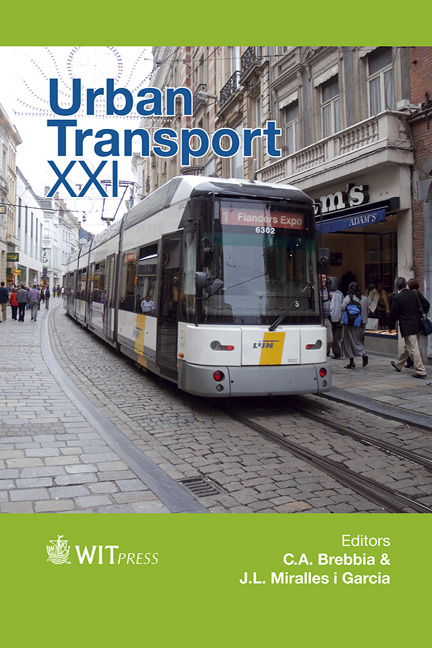The Bicycle: Mass Urban Transportation – A Paradigm Shift. Case Study: The City Of Valencia
Price
Free (open access)
Transaction
Volume
146
Pages
11
Page Range
27 - 37
Published
2015
Size
734 kb
Paper DOI
10.2495/UT150031
Copyright
WIT Press
Author(s)
F. Gaja i Díaz
Abstract
The bicycle was for decades a mode of transportation with full presence in most Spanish cities. Until the consolidation of the so-called economic miracle, in the 60s, only public transport would dispute the hegemony in the use of public space. But with the advent of economic development, the irruption of the automobile, outstandingly represented by the Fiat 600, manufactured in Franco’s Spain as Seat 600, the order of things was reversed. A certain complex of “nouveau riche” was installed in the social consciousness and getting around on a bicycle was reduced to the poorer classes; even the emerging middle class, that could hardly aspire to buy a car, did not keep cycling, and opted for public transportation instead. As economic development, initiated after the Economic Stabilization Plan of 1959, was consolidated, the new middle class made the ownership of a car a symbol of triumph and the bicycle disappeared from the urban landscape. This extinction largely contributed towards the attitude of the Public Administration that, far from protecting and promoting the bicycle, saw it almost as a shameful form of transportation, unworthy of a society that pretended to be developed. Thus the use of bicycles as a mode of transportation virtually disappeared in the city, reduced to limited use as a sport. But in the last decades, the bicycle as a transport mode has come to back to the city, reclaiming a hegemony it should have never lost.
Keywords
urban transport, bicycle lanes, urban sustainability, hegemony in the use of public space





